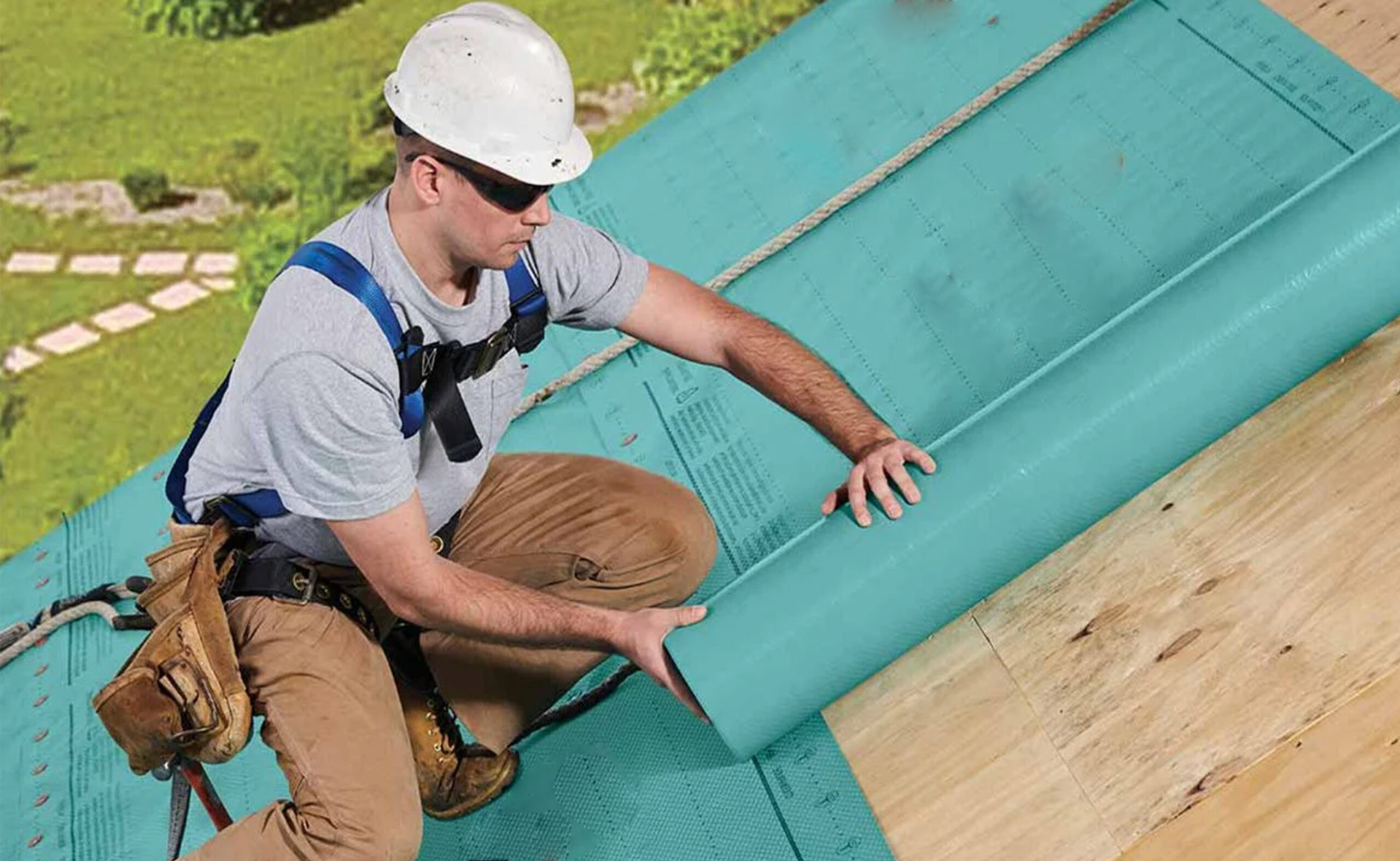Felt Vs. Synthetic Roofing Underlayment

When most people think of roofing, they picture shingles and gutters. Many people are unaware that there is an additional layer of defense that plays a crucial role in avoiding moisture damage to your home and is located immediately between the shingle layer and your roof deck. It is known as roofing underlayment and is an essential part of your roofing system.
Let’s find out more about this critical component of your roof.
The material layer behind your roof’s shingle layer gets known as the roofing underlayment. It’s a secondary layer that gets erected right on top of the roof deck, designed to keep moisture from penetrating the wooden layer of your roof and providing protection from wind, rain, and snow.
Felt and synthetic are the two basic categories of roofing underlayment. Each has benefits and drawbacks depending on the type you select.
Benefits and Cons of Synthetic Roofing
When selecting a synthetic underlayment, it’s important to consider who made it and whether or not your contractor is reputable and trustworthy. Here are the benefits of synthetic roofing underlayment:
- It is rough stuff. It requires considerable force to tear. This is fantastic since it means there is less likelihood of your installation being damaged when you are walking on it.
- Lightweight. It might be up to four times lighter than felt in rare circumstances.
- Swift and simple installation. There is more on a roll since it is lighter. As a result, installing fresh rolls will need fewer journeys from the ground to the roof.
- A safer installation. The majority of synthetic underlayment has a nonslip surface. Your installer can move about the roof a little more confidently now that it is less concerned about falling off.
As far as the cons go: Compared to felt, synthetic roofing underlayment will cost you more. Therefore, this might be a big negative if you have a problem with upfront expenditures. However, the initial expenditure might pay off over time if you’re more concerned with long-term costs.
Pros and Cons of Felt Roofing
The conventional option is this. One of the first kinds of roofing underlayment was felt. Here is the benefit of Felt roofing underlayment:
- The cost. The biggest benefit of using a felt underlayment is that. It is less expensive than synthetic substitutes.
- It is permeable. Although it is water-resistant, felt underlayment is still permeable. It is a big bonus for the roofing materials you use.
- You can employ standard tools. Synthetic underlayment cannot be installed using conventional tools but felt can.
Here are some of the cons:
- Prone to ripping in strong gusts and after being installed.
- It becomes more difficult for the shingles to lay flat if the mat is exposed to dampness, which can absorb water and cause the felt to wrinkle.
- Due to its heavier weight, felt underlayment might be more difficult for roofing workers to carry in rolls up a ladder and onto a roof.
- Additionally, because of its slick surface, the installation might occasionally be more challenging.
There are several reasons why synthetic roofing underlayment is frequently preferred to felt roofing. Weaved polypropylene, bonding films, non-woven polymers, and an anti-skid coating are the four layers that makeup GreenPro Ventures synthetic roofing underlayment textiles. Call us right away!
